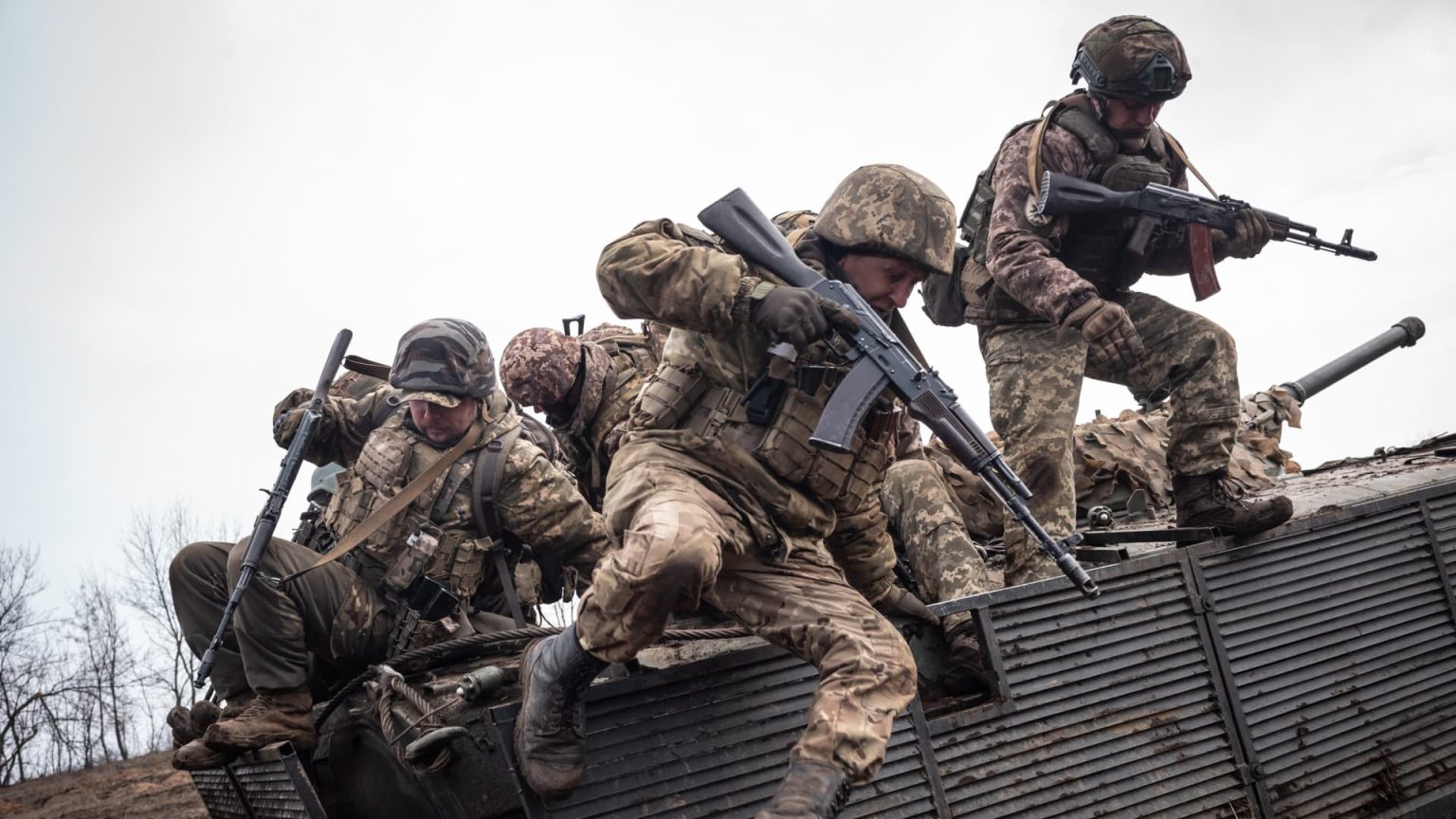With the latest installment of U.S. aid on its way to Ukraine, there is a sense of relief that Kyiv’s forces will receive new weapons and supplies to continue fighting against Russia. However, the question remains about what a “victory” for Ukraine would realistically entail against a country like Russia, which has the ability to mobilize more forces and resources for war. While the additional aid helps Ukraine in the short term, achieving a victory in the near future seems unlikely. Furthermore, there is a lack of clarity and agreement between Kyiv and its allies on what a Ukrainian victory would look like and what steps and resources would be needed to achieve it.
Officially, Kyiv’s goal is to liberate all territories that Russia has occupied since 2014, including Crimea and four Ukrainian regions that were annexed by Russia in 2022. However, analysts believe that this goal may be difficult to achieve in the near to medium term. As the Ukrainian population becomes more willing to consider territorial concessions in exchange for peace, discussions about alternative settlement options acceptable to Kyiv may gain traction in the future. Russia has staked its authority and legitimacy on winning in Ukraine and is unlikely to voluntarily withdraw its troops from southern and eastern regions where it has received support from pro-Russian separatists.
There is a call for an honest conversation between allies and Ukraine to outline what a victory might entail, along with the concessions and compromises that may need to be made in any peace settlement or ceasefire. While there is little appetite among Ukraine’s leadership to discuss an end to the war that doesn’t involve outright victory, it is important to have open discussions with partners about different scenarios. Ukraine’s best-case scenario would involve liberating all occupied territory, joining NATO and the EU, but discussions about more realistic outcomes are necessary. The impact of the latest U.S. aid package, along with future support after the U.S. presidential election, will play a significant role in determining Ukraine’s future trajectory.
If Russian forces can be weakened and pushed back, particularly in certain regions, it could create an opportunity for talks and a possible cease-fire supported by allies. This would require robust security and defense guarantees for Ukraine to ensure a balance of powers that could lead to a prolonged, albeit uneasy, cease-fire. Ukraine would not recognize occupied territory as belonging to Russia, but a cease-fire could provide the country with some breathing room while maintaining its independence and sovereignty. Realistically, Ukraine may have to wait for a scenario similar to the situation between Eastern and Western Germany before their reunification in 1990.
In conclusion, while the latest U.S. aid provides a morale boost and support for Ukraine’s fight against Russia, achieving a clear victory in the near future is uncertain. It is essential for Kyiv and its allies to engage in frank discussions about potential outcomes and concessions that may need to be made to reach a peace settlement or cease-fire agreement. The coming months will be crucial in determining the impact of the aid package on the battlefield and how future support will shape Ukraine’s path forward after the U.S. presidential election. Ultimately, finding a balance of powers and maintaining independence and sovereignty while waiting for a more realistic scenario may be Ukraine’s best way to navigate the complexities of the conflict with Russia.













